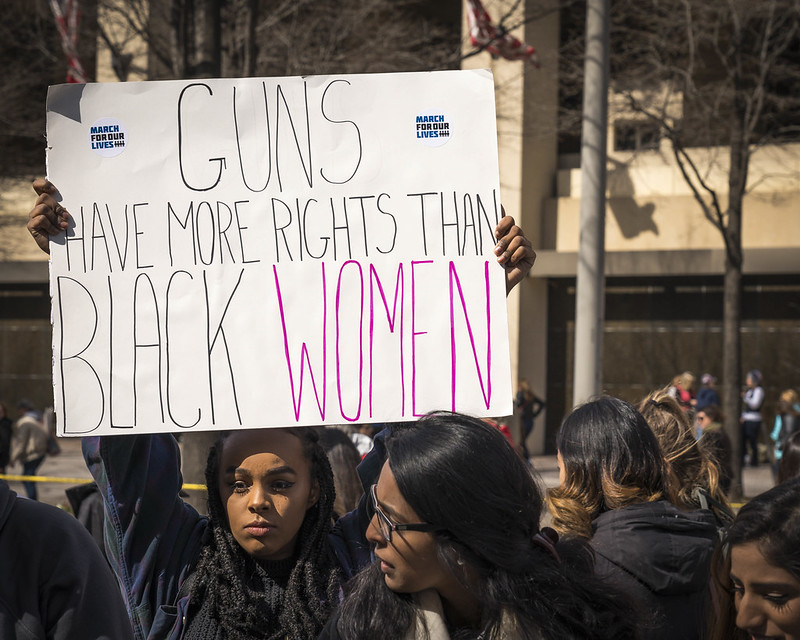Researchers found 68.2 percent of mass shootings between 2014 and 2019 were either domestic violence incidents, or perpetrated by shooters with a history of domestic violence.

Late last month, Sam Cassidy murdered nine co-workers at a Santa Clara Valley Transportation Authority rail yard. Reporters covering the case unearthed court records showing that an ex-girlfriend accused Cassidy of sexual assault, rape and abusive behavior in 2009. Cassidy is the latest in a long line of mass shooters with domestic violence histories, including Devin P. Kelley, who murdered 26 people in a Texas church in 2017, and Omar Matten, who shot and killed 50 people at Pulse nightclub in Orlando in 2016.
New research reveals strong links between domestic violence and mass shootings. In a paper published in the Journal of Injury Epidemiology, researchers found that more than two-thirds (68.2 percent) of 110 mass shootings between 2014 and 2019 were domestic violence incidents (59.1 percent) or were perpetrated by shooters with a history of domestic violence (9.1 percent). Researchers defined a ‘mass shooting’ as an incident with four or more fatalities by gunfire, not including the perpetrator.
The research also found that domestic-violence-related mass shootings—where at least one victim of a mass shooting was a dating partner or family member of the perpetrator—are associated with higher fatality rates than mass shootings unrelated to domestic violence (DV). On average, only one in six people survive a DV-related mass shooting compared to one in three people for non-DV mass shootings.
“While there are several reasons this could be, it’s possible the intent behind the perpetrator of a DV-related mass shooting may be different than a shooter who seemingly targets victims indiscriminately in public places,” said Lisa Geller, lead author of the study and state affairs manager of Educational Fund to Stop Gun Violence. Geller works with the Coalition to Stop Gun Violence in support of policies to disarm domestic abusers.
In the U.S., more than one in three women have experienced rape, physical violence and/or stalking by an intimate partner in their lifetime. An average of three women are killed by a current or former intimate partner every single day. Nearly half of all women killed in the U.S. are murdered by a current or former intimate partner. Nearly one million women have been shot or shot at by an intimate partner.
Earlier this year, the U.S. House of Representatives passed the Violence Against Women Act of 2021 (VAWA), including a provision that would keep firearms out of the hands of abusers by closing the so-called “boyfriend loophole” and “stalking loophole.” Right now, the law only prohibits firearm purchases for people who are “married to, lived with or have a child with the victim.” The new law would expand the law to also cover dating partners, former dating partners, and any other person similarly situated to a spouse. The law would also broaden the crimes that would disqualify someone from gun ownership to include people convicted of the misdemeanor crime of stalking, defined as an offense that involves taking an action which causes, attempts to cause, or would reasonably be expected to cause emotional distress by harassment, intimidation, or surveillance of another person.
In Biden’s platform for women’s rights, one of the top priorities is to reauthorize VAWA, but Republicans have blocked the bill. So advocates are now focused on ending the filibuster.
“Gun violence has many forms, but it is clear that a history of interpersonal violence should be a deciding factor in whether or not an individual should continue to have access to a gun,” said Geller.
Up next:





